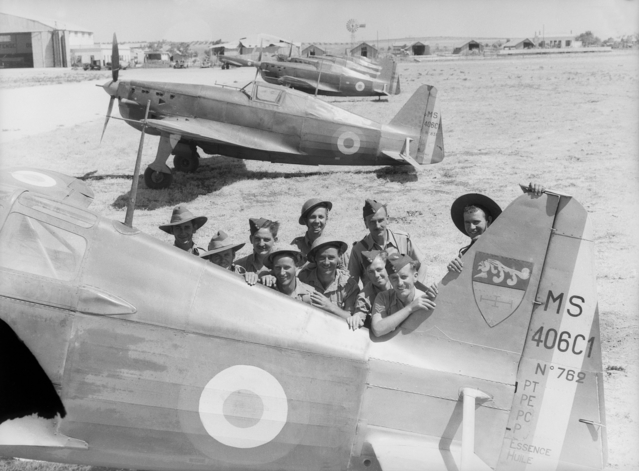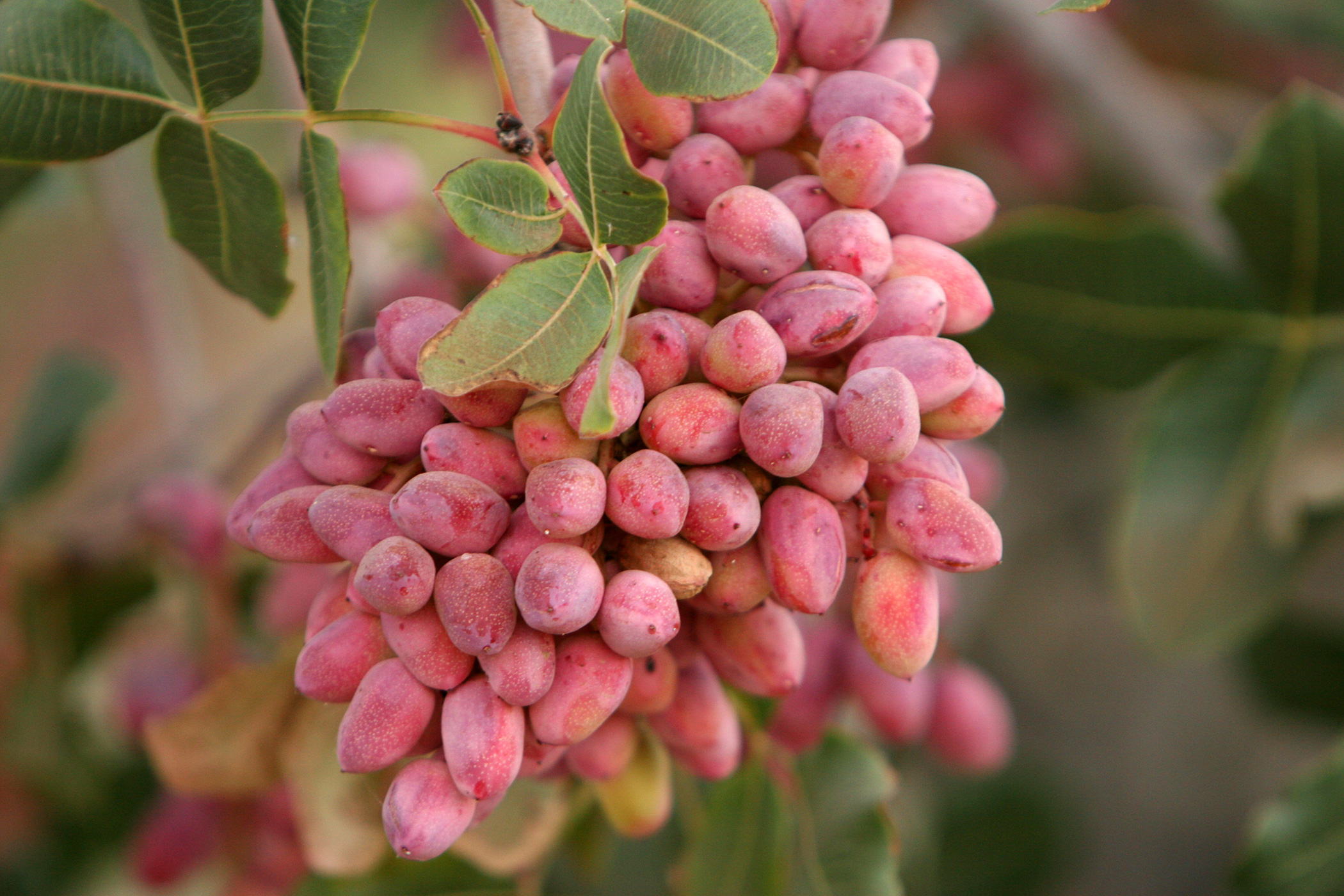|
Al-Nayrab
Al-Nayrab () is a town in Syria, to the south-east of the city of Aleppo in northern Syria. With the urban development, the village was gradually absorbed by the city of Aleppo thus becoming part of it as a district. Al-Nayrab is also an important archaeological site, having been excavated in 1926–27 by Augustin-Georges Barrois and Bertrand Carrière. Etymology Nayrab or Neyrab is the Syriac word for a flat land or water through the valley. History Salih ibn Ali ibn Abdullah ibn Abbas, the Abbasid governor of Bilad al-Sham (Syria), built the Bttiyas Palace on the hill of Nayrab. Al-Nayrab was a village southeast of Aleppo, with the urbanization of the city have been included Nayrab. And is not located only 10 kilometers from the city center and the fact that the land was lying established by the French military airport, and after the independence was that the airport expansion to include airport and other civilian and military is known as Nayrab Airport and has turned his ... [...More Info...] [...Related Items...] OR: [Wikipedia] [Google] [Baidu] |
Al-Nayrab Camp
Neirab camp or Al-Nayrab camp is a Palestinian refugee camp that was set up near the village of Al-Neirab, 13 km from Aleppo, Syria. It was created in 1948–1950 following the Nakba. It is the largest Palestinian refugee camp in Syria, with a reported number of 23,469 people as of 2024. It is also considered one of the poorest. History The camp was created in 1948 to accommodate for Palestinian refugees that fled during the Nakba. Originally, the camp consisted of barracks used by allied troops during World War II, but it quickly grew outside of those, due to the number of refugees. There were plans by the UNRWA to remove the camp in the early 1960s, but those plans didn't come to fruition. In 1988, it was already the largest Palestinian refugee camp in Syria. In 2010s, the barracks were still seen by some refugees as a symbol of their origins and their struggles, even though most, if not all, of the barracks were destroyed since. The camp was described, around this period, ... [...More Info...] [...Related Items...] OR: [Wikipedia] [Google] [Baidu] |
Neirab Steles
The Neirab steles are two 8th-century BC steles with Aramaic inscriptions found in 1891 in Al-Nayrab (𐤍𐤓𐤁, ''NRB'' in the inscriptions) near Aleppo, Syria. They are currently in the Louvre. They were discovered in 1891 and acquired by Charles Simon Clermont-Ganneau for the Louvre on behalf of the Commission of the Corpus Inscriptionum Semiticarum. The steles are made of black basalt, and the inscriptions note that they were funerary steles. The inscriptions are known as KAI 225 (Sin zir Ibni inscription) and KAI 226 (Si Gabbor stele). Discovery On 11 November 1891, Adrien Barthélemy, then dragoman at France's Aleppo consulate, wrote to Charles Simon Clermont-Ganneau, with information provided to him by the Franciscan priest R.P. Paul de Saint-Aignan (Simoneau) as follows: "Very recently, workers repairing terraces, on a hillock in the village of Nerab near Aleppo, unearthed a stone representing an offering underneath which is a Phoenician inscription. I did not see t ... [...More Info...] [...Related Items...] OR: [Wikipedia] [Google] [Baidu] |
Aleppo International Airport
Aleppo International Airport () is an international airport serving Aleppo, Syria. The airport serves as a secondary hub for Syrian Air and Cham Wings. History Early history The history of the airport dates back to the beginning of the 20th century during the French Mandate. In 1924, KLM Royal Dutch Airlines made their first flight from Amsterdam to Batavia, Dutch East Indies, through the airport in Aleppo. The airport was upgraded and developed over the years until 1999 when the new current terminal was inaugurated. Syrian civil war In January 2013, the facility closed due to the Syrian Civil War, but after Syrian Army advances were made in the area, the airport briefly re-opened on 22 January 2014, welcoming its first civilian flight in more than a year (flights were suspended in December 2012), carrying foreign journalists to the city. Following the Syrian government's recapture of eastern Aleppo during the Battle of Aleppo, an airplane conducted its first fligh ... [...More Info...] [...Related Items...] OR: [Wikipedia] [Google] [Baidu] |
UNWRA
The United Nations Relief and Works Agency for Palestine Refugees in the Near East (UNRWA, pronounced ) is a United Nations System, UN agency that supports the relief and Human development (economics), human development of Palestinian refugees. UNRWA's mandate encompasses Palestinians 1948 Palestinian expulsion and flight, who fled or were expelled during the Nakba, the 1948 Palestine War, and subsequent conflicts, as well as their descendants,UNRWA in Figures . including legally adopted children. As of 2019, more than 5.6 million Palestinians are registered with UNRWA as refugees. UNRWA was established in 1949 by the United Nations General Assembly, UN General Assembly (UNGA) to provide relief to all refugees resulting from the 1948 conflict; this initially included Jewish and Arab Palestine refugees inside the Israel, Sta ... [...More Info...] [...Related Items...] OR: [Wikipedia] [Google] [Baidu] |
Euphrates Handmade Syrian Horses And Riders
The Euphrates Handmade Syrian Horses and Riders (EU_HSHRs ) are zoomorphic clay figurines representing horses and horses with riders. They date from the late Iron Age period (mid 8th–7th centuries BCE) and were produced in the Middle Euphrates region, alongside anthropomorphic figures known as Euphrates Syrian Pillar Figurines (EU_SPFs). Other names in literature The term "Euphrates Handmade Syrian Horses and Riders" has been recently proposed by B. Bolognani. It emphasises their geographic origin, the manufacturing technique, and the portrayed subjects. However, various other terms are also used in scholarly literature: * ''Horses and Horsemen'' or ''Horse, Horse-and-rider'' * ''Handgemachte Reiterfiguren des 1. Jahrtausends (HR), Typ I(?)'' ("Handmade rider-figurines of the 1st millennium BC (HR), Type I(?)") * ''Horses and Horse Riders'' Technical characteristics Modelling The clay figurines are completely handmade and free standing. They were usually held with one han ... [...More Info...] [...Related Items...] OR: [Wikipedia] [Google] [Baidu] |
Euphrates Syrian Pillar Figurines
The Euphrates Syrian Pillar Figurines (EU_SPF's) are anthropomorphic clay figurines dating from the late Iron Age period (mid 8th-7th centuries BCE) and produced in the Euphrates Region, Middle Euphrates region. These figurines are part of a greater coroplast (artisan), coroplastic production mainly composed of handmade horse-rider figurines, i.e. the Euphrates Handmade Syrian Horses and Riders (EU_HSHR's). Other names in literature The actual nomenclature adopted for this class of figurines has been recently proposed in a doctoral research. Their current name recalls both their geographic origin and the shape of their bodies, which are hollow, tubular, and sometimes twice grooved at the base. However, one may find their appearance in literature with different nomenclatures: * ''Baked Clay Handmade Freestanding Figurines or Syrian Terracottas – Free-standing handmodelled'' * ''Nordyrische Pfeilerfigurinen (NPF)'' * ''Standing or Pillar figurines'' Technical characteristics ... [...More Info...] [...Related Items...] OR: [Wikipedia] [Google] [Baidu] |
Bab Al-Nairab
Bab al-Nairab (, also spelled Bab al-Nayrab) meaning the "Gate of al-Nayrab", was one of the nine historical gates of the Ancient City of Aleppo, Ancient City of Aleppo in northern Syria, but has since disappeared. Its name refers to the nearby village of al-Nayrab (currently a suburb of Aleppo) as the gate led towards the village. Today, the city district where the gate used to stand is commonly called Bab al-Nairab, but is officially known as Muhammad Bek. History The Bab al-Nairab gate was built sometime during the period of 1216–1237 in the southeastern part of the Ancient City of Aleppo, ancient city by the Ayyubid dynasty, Ayyubid ruler of Aleppo, al-Aziz Muhammad, son of predecessor az-Zahir Ghazi. The latter had planned its construction but al-Aziz carried it out following az-Zahir's death.Tabbaa, 1997, p. 21. The new gate marked the southward expansion of Aleppo during az-Zahir's rule.Morray, 1994, pp. 120–121. It was the starting point of the main route that led to the ... [...More Info...] [...Related Items...] OR: [Wikipedia] [Google] [Baidu] |
Perfume
Perfume (, ) is a mixture of fragrance, fragrant essential oils or aroma compounds (fragrances), Fixative (perfumery), fixatives and solvents, usually in liquid form, used to give the human body, animals, food, objects, and living-spaces an agreeable scent. Perfumes can be defined as substances that emit and diffuse a pleasant and fragrant odor. They consist of artificial mixtures of aromatic chemicals and essential oils. The 1939 List of Nobel laureates, Nobel Laureate for Chemistry, Leopold Ružička stated in 1945 that "right from the earliest days of scientific chemistry up to the present time, perfumes have substantially contributed to the development of organic chemistry as regards methods, systematic classification, and theory." Ancient texts and archaeological excavations show the use of perfumes in some of the earliest human civilizations. Modern perfumery began in the late 19th century with the commercial synthesis of aroma compounds such as vanillin and coumarin, whic ... [...More Info...] [...Related Items...] OR: [Wikipedia] [Google] [Baidu] |
Rosa × Damascena
''Rosa'' × ''damascena'' (Latin for damascene rose), more commonly known as the Damask rose, or sometimes as the Iranian Rose, Bulgarian rose, Taif rose & "Emirati rose", Ispahan rose, Castile rose, and Đulbešećerka (Bosnia and Herzegovina and the Balkans) is a rose hybrid, derived from '' Rosa gallica'' and '' Rosa moschata''. DNA analysis has shown that a third species, '' Rosa fedtschenkoana'', has made some genetic contributions to the Damask rose. The flowers are renowned for their fine fragrance, and are commercially harvested for rose oil (either "rose otto" or "rose absolute") used in perfumery and to make rose water and "rose concrete". The flower petals are also edible. They may be used to flavor food, as a garnish, as an herbal tea, and preserved in sugar as gulkand. It is the national flower of Iran. In 2019, Damascus rose was inscribed to the UNESCO Intangible Cultural Heritage Lists as an element of Syrian cultural heritage. Description The Damask rose is ... [...More Info...] [...Related Items...] OR: [Wikipedia] [Google] [Baidu] |
Pistachio
The pistachio (, ; ''Pistacia vera'') is a small to medium-sized tree of the Anacardiaceae, cashew family, originating in Iran. The tree produces nut (fruit)#Culinary definition and uses, seeds that are widely consumed as food. In 2022, world production of pistachios was one million tonnes, with the United States, Iran, and Turkey combined accounting for 88% of the total. Description The tree grows up to tall. It has deciduous, pinnate leaves long. The plants are dioecious, with separate male and female trees. The flowers are apetalous and unisexual and borne in panicles. The fruit is a drupe, containing an elongated seed, which is the edible portion. The seed, commonly thought of as a nut, is a nut (food), culinary nut, not a nut (fruit)#Botanical definition, botanical nut. The fruit has a hard, cream-colored exterior shell. The seed has a mauve-colored skin and light green flesh, with a distinctive flavor. When the fruit ripens, the shell changes from green to an autu ... [...More Info...] [...Related Items...] OR: [Wikipedia] [Google] [Baidu] |
Olive
The olive, botanical name ''Olea europaea'' ("European olive"), is a species of Subtropics, subtropical evergreen tree in the Family (biology), family Oleaceae. Originating in Anatolia, Asia Minor, it is abundant throughout the Mediterranean Basin, with wild subspecies in Africa and western Asia; modern Cultivar, cultivars are traced primarily to the Near East, Aegean Sea, and Strait of Gibraltar. The olive is the type species for its genus, ''Olea'', and lends its name to the Oleaceae plant family, which includes species such as Syringa vulgaris, lilac, jasmine, forsythia, and Fraxinus, ash. The olive fruit is classed botanically as a drupe, similar to the cherry or peach. The term oil—now used to describe any Viscosity, viscous Hydrophobe, water-insoluble liquid—was virtually synonymous with olive oil, the Vegetable oil, liquid fat made from olives. The olive has deep historical, economic, and cultural significance in the Mediterranean; Georges Duhamel (author), George ... [...More Info...] [...Related Items...] OR: [Wikipedia] [Google] [Baidu] |






